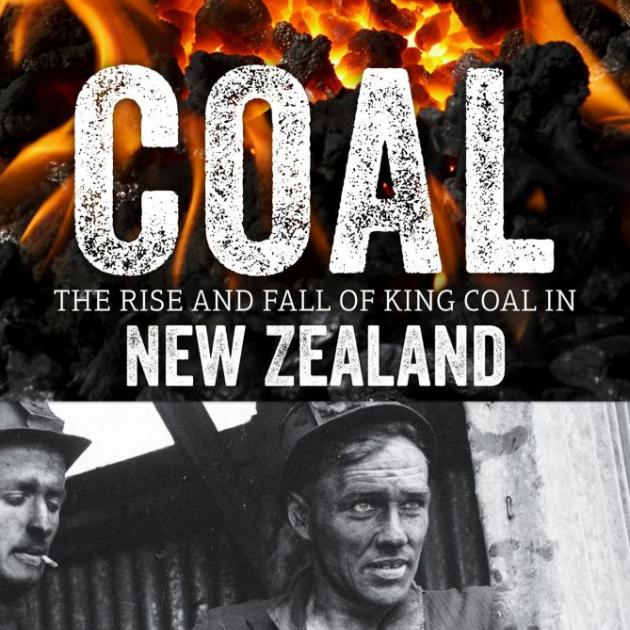
I read Coal, by Matthew Wright, with great interest, as my formative years were spent in Doncaster, a coal-mining and railway town in what was then the West Riding of Yorkshire.
The mining families there comprised a hard-working, proud and close-knit community that looked after itself and its own.
The boys I went to school with were mainly miners' sons and their expectation was that they, like their fathers, grandfathers and great-grandfathers before them, would work in the coal mines.
It was an expectation not to be fully realised through a combination of circumstances, the main one being Margaret Thatcher.
Hardly surprising then to learn from Coal that a lot of early New Zealand coal-miners were from the North Country, particularly Yorkshire, and were looking for a better life. As in Britain, miners spoke differently and mixed little with others.
There was a ''dissonance'' between those who used coal and those who produced it, partly because of the practical reality of their labouring life.
Many miners brought their subculture with them. Even the words miners used derived from Northern England.
The coalface was a world of ''hewers'', ''bank to bank'', ''barrow-men'', ''black damp'', ''bottomers'', ''goafs'' and ''gob-roads'', a language in turn liberally salted with Anglo-Saxon slang.
Long hours, poor working conditions and the poverty gap led to the development of a social movement, initially from the West Coast. It was a universal movement and New Zealand shared the mood.
The arrival of workers' movements, labour unions, the sense of injustice and the development of a working-class consciousness were largely unwanted in the colony.
The strictures by now were ones not of class, but of availability of capital and scale of economy.
The rise of the Left both on and from the coalfields was viewed with unease, the book says.
In 19th-century New Zealand, coal-miners were crucial providers of the main energy source and were viewed as radicalised, even revolutionary. New Zealand's first coal mine opened in 1849 at Saddle Hill.
It gave the people of Otago their first access to ''the precious black material''.
However, as the book relates, the inherent dangers of coal-mining were no different from those in Britain. In 1879, the coal mine at Kaitangata exploded. The final death toll, in what was New Zealand's first major mine accident, was 34.
Again, in 1896 at Brunnerton, which was considered a ''safe'' coal mine and the origin of coal in New Zealand, an explosion took the lives of 65 men. Kiwi ingenuity was to be found in the romanticised isolation that was Denniston.
The Denniston Incline was a tour de force of 19th-century science and used telephones to control the movement of coal only four years after their patenting in the US.
The book is far from being a treatise on coal and coal-mining, however.
It mines a rich seam of interesting content on many things relative to coal: a seam that explores steam locomotives, gas, coke, Shacklock stoves, the Edmond's cookbook and a former prime minister cum coal-miner.
The size of the book, too, is in complete contrast to the amount of readable information within.
With the saga of global warming, (coal) mining has become ideologically fraught. As the book says, ''coal has become both cause and symbol of climate change''.
''The true challenge from the New Zealand perspective was whether a nation that sold itself to the world as clean and green, and where environmental concerns were genuinely an issue, could do anything about it.''
Ted Fox is an online marketing and social media consultant.











